Walking across a seemingly empty field in Collessie, Fife, you might be surprised to stumble upon an array of jagged, moss-covered pyramidal structures, commonly known as ‘Dragon’s Teeth.’
At first glance, their purpose is a mystery – especially considering they lie significantly inland, far from the coastlines one might expect to be fortified during the Second World War.
Yet these eye-catching remnants are part of a wider story of a region once braced for the unthinkable – invasion by Nazi Germany.
“It is hard now to believe that fighting a land battle in Fife during the Second World War could have ever been a realistic proposition,” explained Steve Liscoe of Fife Council Archaeological Unit.
“But for a brief period between the late summer of 1940 and autumn 1941, some military planners considered it a certainty.”
How prepared was Fife for a Nazi invasion?
Mr Liscoe, a former professional diver, explained that the threat of invasion was not new to Fife.
From Viking raids between the 9th and 11th centuries to the English onslaughts during the 14th to 16th centuries, Fife’s coastline has seen its fair share of turmoil.
Even as late as the 18th century, the region was on high alert against the threat of a French attack.
However, the fear of a Nazi invasion during the Second World War was like no other.
The extensive military remains scattered across Fife stand as a stark reminder of how seriously this threat was taken.
When France fell to Germany in June 1940, and with Poland, Holland, Belgium, Denmark, Norway and Luxembourg also over run, it was clear that Britain, with its extensive coastlines, was the next target.
Among the vulnerable points was Fife. Its 186km of coastline was a significant stretch to defend.
How did Collessie’s Dragon’s Teeth fit into Fife’s multi-tiered defence system?
Fife’s defence strategy did not solely rely on coastal fortifications.
In fact, the region was home to a complex three-tier system of defence lines that spanned the Forth.
This was designed to protect vital strategic targets like the Forth Rail Bridge and the Rosyth naval base.
The Forth Defence Lines were the first line of defence, with early warning systems like the anti-submarine indicator loop running from Crail to the Isle of May.
If enemy forces managed to breach these defences, they would face a second tier of large-calibre gun batteries positioned across the Forth, ready to unleash a barrage of fire.
The final line of fixed defences included smaller calibre guns, strategically placed to protect against smaller, faster enemy craft.
But the defences didn’t stop at the water’s edge.
Fife’s coastline itself was heavily fortified with beach defences designed to stop any invading force in its tracks.
From Tayport to Tentsmuir, and St Andrews to Burntisland, miles of anti-tank blocks, trenches, and machine-gun posts were established to repel any landings.
What would have happened if the Nazis had reached Collessie’s Dragon’s Teeth?
For those enemy forces that might have breached the coastal defences, Fife’s inland stop lines were the ultimate safeguard.
Mr Liscoe said these defences were the last line of protection, designed to stop enemy advancements in their tracks.
One of the most extensive anti-tank stop lines in Scotland runs through Fife, stretching from Dysart on the Firth of Forth to Newburgh.
It is here, along this stop line, that we find the Dragon’s Teeth at Collessie.
These concrete pyramids were designed to halt the advance of enemy tanks, forcing them into kill zones where they could be picked off by defensive fire.
In addition to these teeth, the landscape is dotted with other remnants of a time when invasion seemed imminent.
They include pill-boxes at Thornton, the anti-tank defences and machine gun posts at Markinch and the anti-tank ditches and walls at Kirkforthar, Star, Kettlebridge and Kingskettle.
Preserving history through the lens
In recent times, the significance of these wartime relics has been captured through the lens of Courier photographer Steve Brown, who has been using drones to help document the landscape.
“The Dragon’s Teeth at Collessie are a fascinating example of history, preserved in the midst of a serene countryside,” he said.
“Walking among these moss-covered structures transports you back to a time when the threat of invasion was all too real.”
Steve Brown’s photographs, showcasing the eerie yet intriguing remnants of Fife’s wartime past, serve as a reminder of the sacrifices and preparations made during a time of uncertainty.
From the anti-tank defences built by exiled Polish soldiers at Kinshaldy beach and St Andrews West Sands, to the gun emplacements at Kincraig Point, Earlsferry, and remnants of the Polish camp in Tentsmuir Forest, there’s a story in every concrete block and pillbox.
As events turned out, after 1943 the idea of an invasion seemed extremely improbable, and never happened.
But what’s left of the Dragon’s Teeth, pillboxes, and anti-tank obstacles stand as a testament to a time when Fife was on the frontline of Britain’s defence.
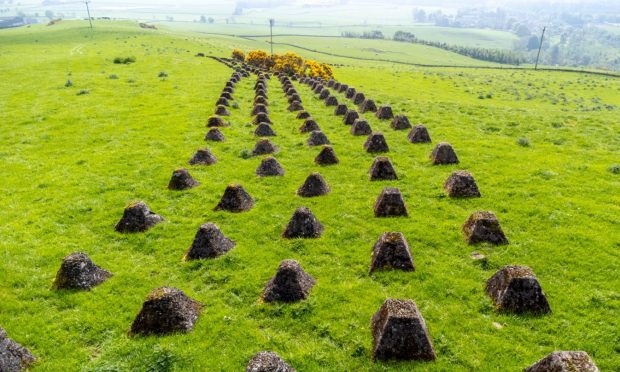
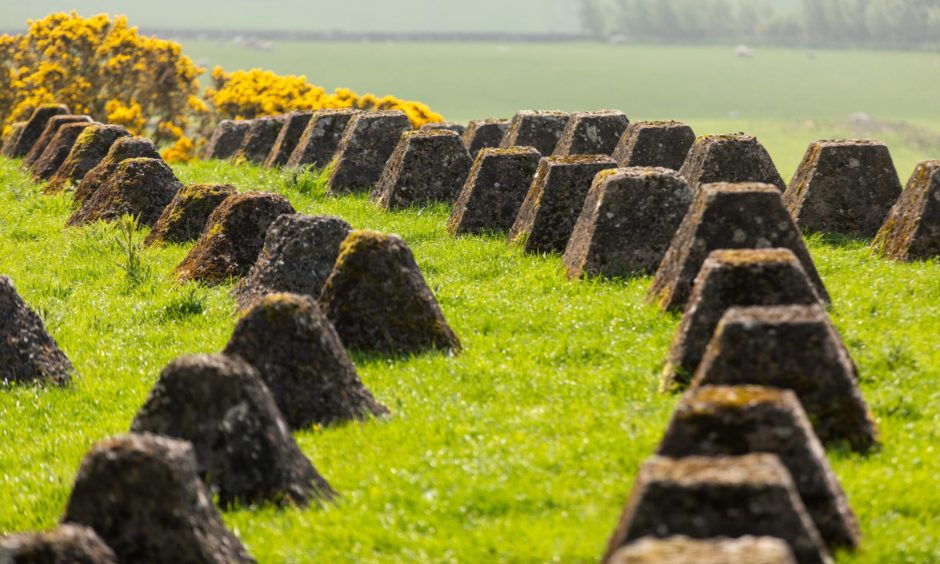
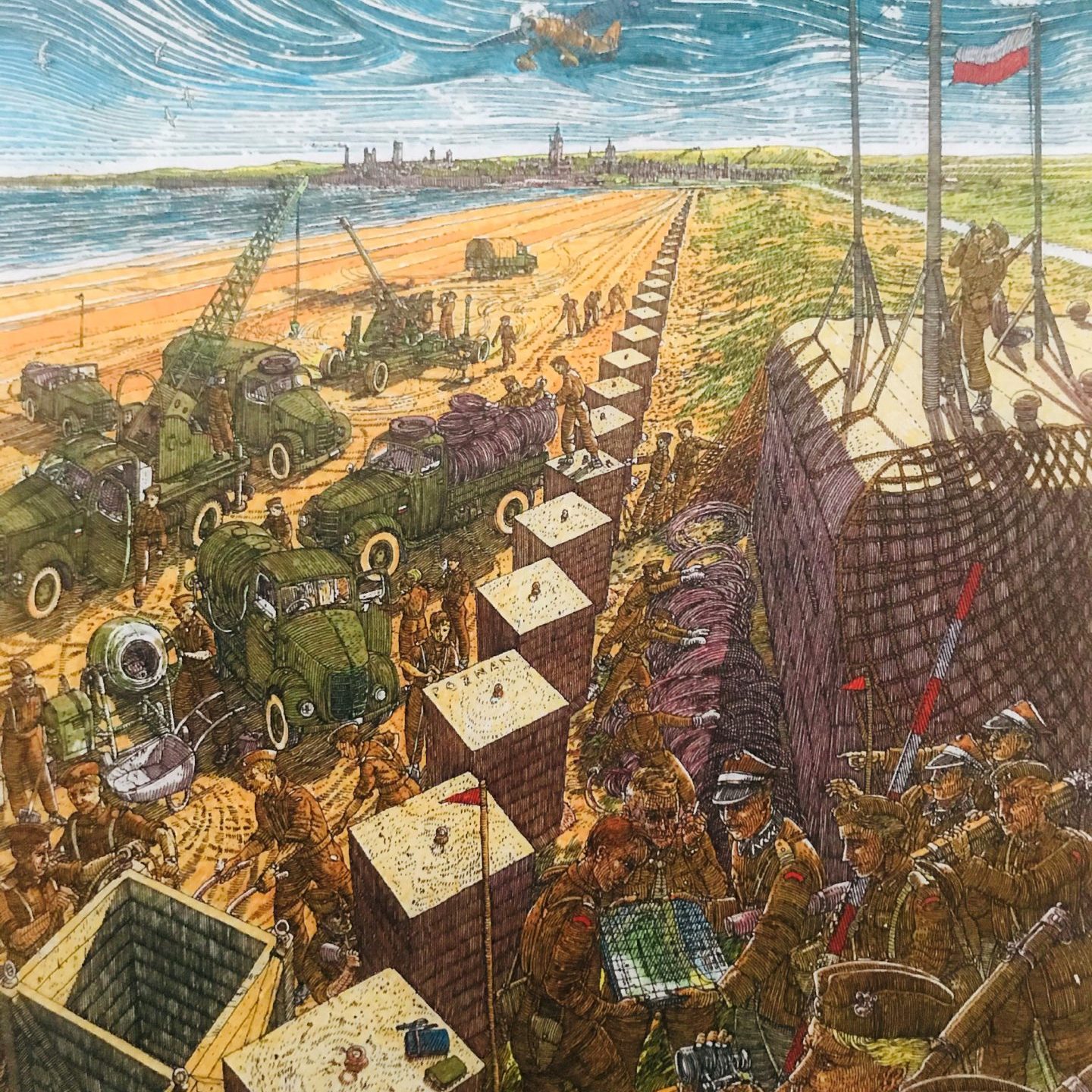
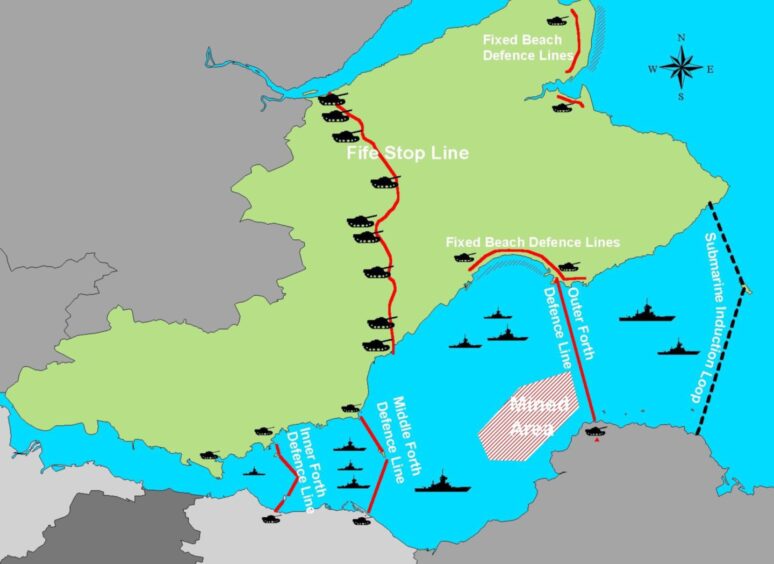
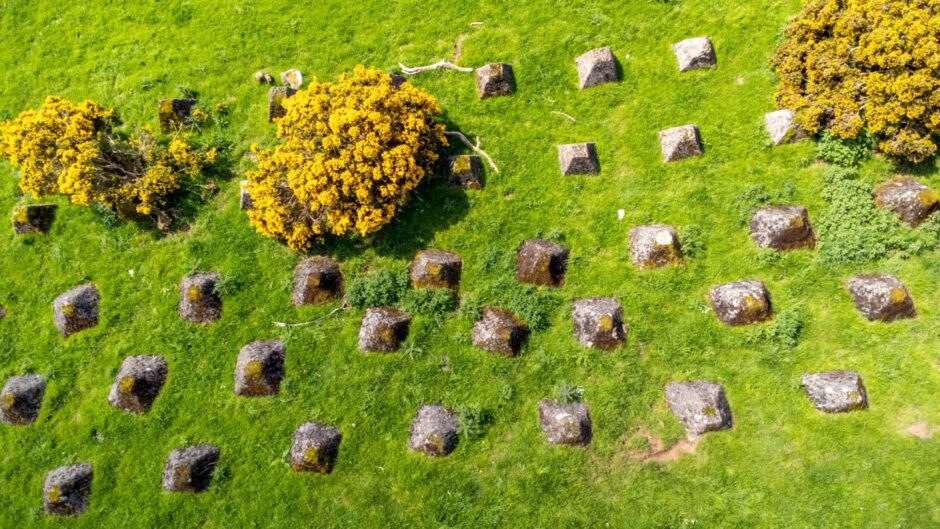
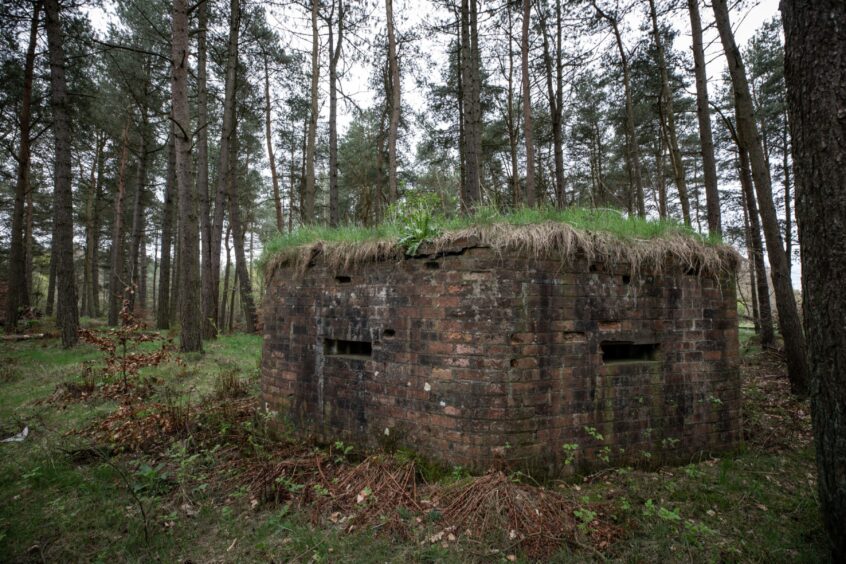
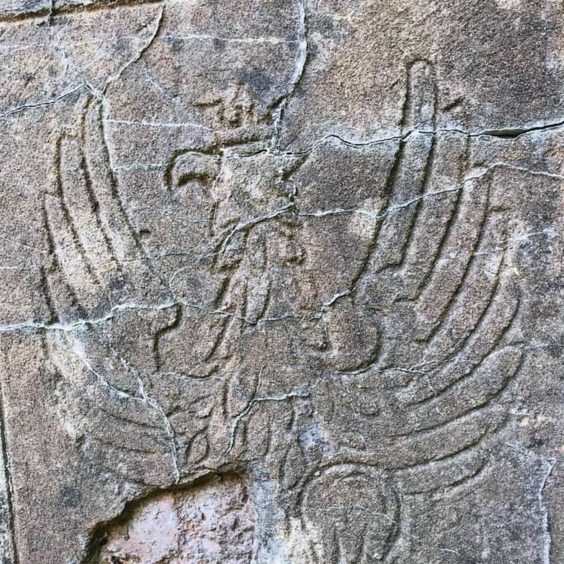
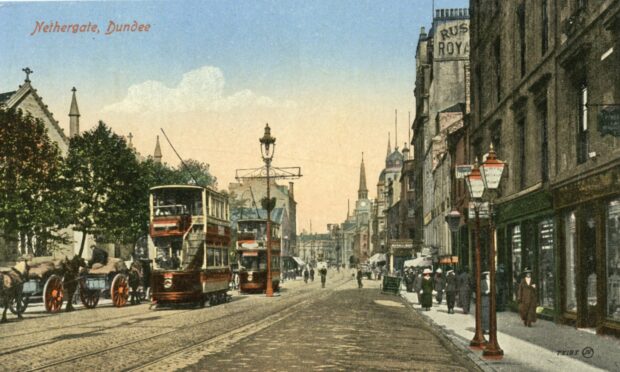


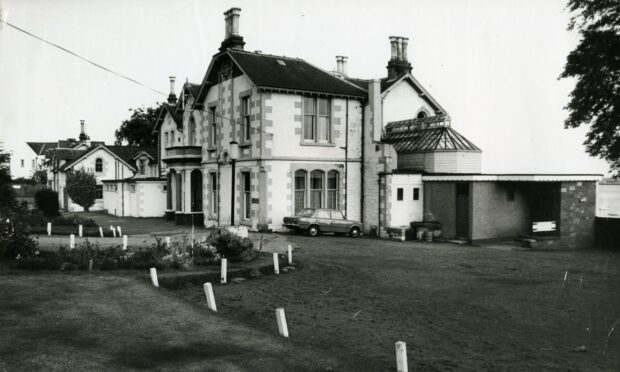
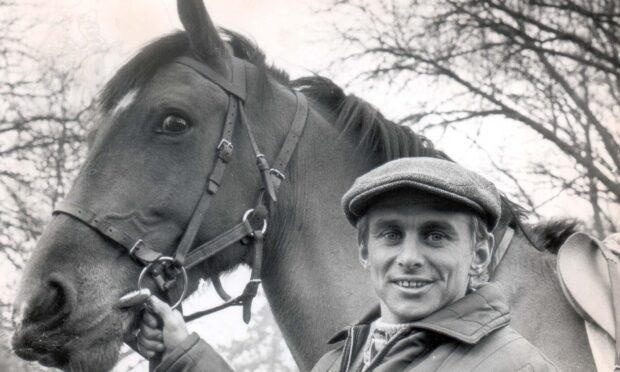

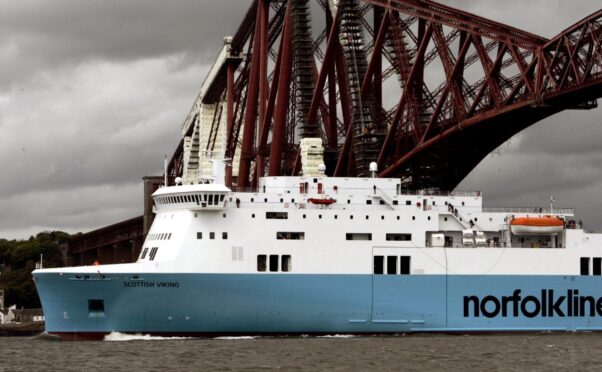
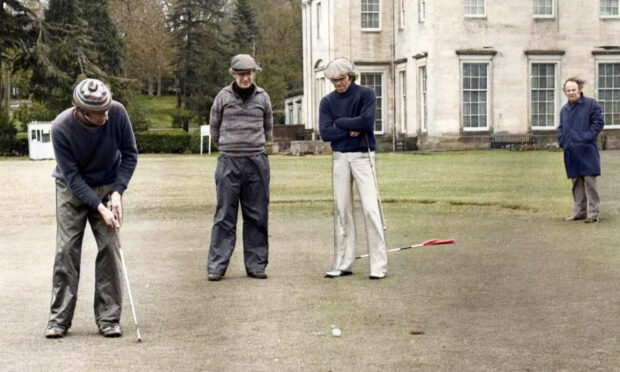
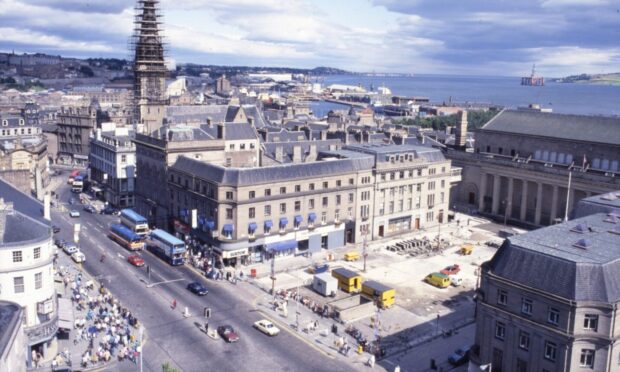

Conversation